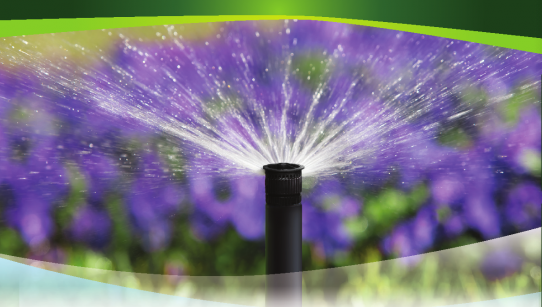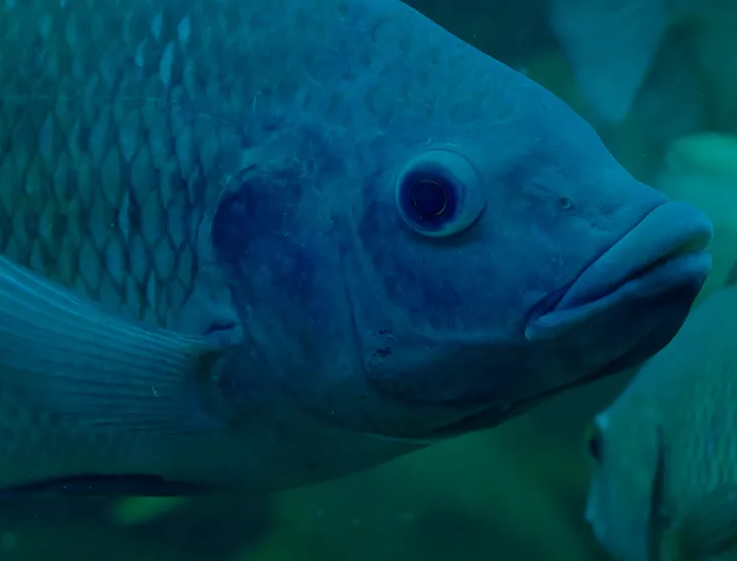Modern Irrigation Technologies
A blog on Modern irrigation technologies.
Introduction
Irrigation technologies are a collection of tools for watering the soil or an area to make it ready for agriculture. It is used for developing rural yields and for the re-vegetation of soils in dry zones.
In recent years, there has been an increase in water losses at all points of water supply, from water intake to final water delivery to the users. The deterioration of the technical condition of waterworks infrastructure and disordered water use has played a huge role here. The ratio between the amount of total water consumption and water intake from natural water sources has changed from 0.8 in 1991 to 0.6-0.7 in 2005-2013.
Loss of water in irrigation systems, with respect to various data and expert estimates, is at about 40% of the total water.
Subsurface Irrigation Method
In the subsurface irrigation method, water is fed directly to the roots of the plants. Nutrient fertilizer can be mixed into the water with an online dosing method. This method is found effective on soil prone to salinization, with well-marked capillary properties, and with relatively deep groundwater occurrence of more than 2.0m.
Subsurface irrigation is carried out by pipes-moisteners with a diameter of 20-40mm and a length of 100 to 200m, located in the soil at a depth of 0.15-0.6m. The distance between adjacent rows typically ranges from 0.30 to 1.5m.
The main feature of the subsurface dropper, compared with one laid on the soil surface, is the distribution of moisture around the dropper.
An additional distinctive phenomenon of subsurface-laid drip pipeline is the reduced drip flow due to the opposite pressure directed toward the water outlet (holes) of the droppers. The opposite pressure is caused by the difference between the drip flow and the water infiltration rate into the soil from a point source. Water emerging from the dropper must be pushed into the water which already exists around the dropper.
Subsurface irrigation has several advantages:
- Enables the use of various means of mechanization and automation of the watering process.
- Provides more economic use of irrigation water.
- Provides saturation of soil with oxygen, thereby creating favorable conditions.
- For root growth and plant nutrition, which in turn increases crop yield.
- The surface soil is not compacted and remains loose; infestation of fields is reduced and thus labor costs for weeding and cultivation of the soil is also significantly reduced.
- Subsurface irrigation does not interfere with other lawn-and-garden works on the plot.
- Decreases the likelihood of fungal diseases in the plant.
Some disadvantages are:
- Restriction of use on light (sandy), subsidence and saline soils.
- Weak moistening of topsoil that worsens conditions for germination and seedling survival of vegetable and other crops.
- Massive loss of water through filtration into the horizons below the active soil layer.
Sprinkler Irrigation Method
The sprinkler technique is highly popular for irrigation of cereal, grain, vegetable crops, as well as perennial grasses. This technique uses a wide range of nozzles – short-range with a grasp width of 5-8m, medium-range (15-35m), and long-range (40-100m).
Some advantages of the sprinkling irrigation method are:
- The technique can be used in fields with a complex topography and large slopes, as well as on sandy and under-developed soils.
- Can be used for most cultivated crops.
- Appropriate use of water (Savings of around 10-25%).
- Uniform wetting of irrigated area compared to surface irrigation methods.
- High equipment mobility to ensure high irrigation labor productivity.
- Ability to regulate the volumes of water supply and irrigation intensity in real time, depending on plants’ development period, soil
characteristics, etc.
- Possibility of irrigation with simultaneous application of fertilizers and pesticides.
- Possibility of irrigation at any time and by Irrigation rates ranging from 30 m³ /hectare.
Sprinkling irrigation is not suitable for every situation, and has a number of drawbacks
- High initial investments for the purchase of expensive irrigation equipment.
- Additional costs for electricity or diesel fuel for pumping systems to create the water head needed for sprinkler installations.
- Uneven distribution of water in the field in windy conditions.
- The effective operation of the sprinkler equipment requires highly qualified personnel and careful observance of all agronomic techniques and irrigation regimes.
Drip Irrigation Method
Drip irrigation is an improvement or modification on the above-mentioned subsurface irrigation. In this method, water is supplied directly to the root system of the plants through special micro-water-outlets (called droppers) with a very low flow rate, typically between 1 and 4 liters/hour. This makes it possible to water the plants at low irrigation rates and within short irrigation intervals. Dissolved fertilizer can be delivered with water by injecting it into the main pipeline via an injector.
Advances in drip irrigation technologies allow their use in the areas with different configurations and in complex terrain, including steep slopes, that do not require careful planning. However, the scope of its use is limited to unsalinized soils with the groundwater table more than 2m from the surface, and in case of highly saline soils with ground waters over 4m from the surface.
In contrast to the sprinkler irrigation, drip irrigation can be carried out in all climate conditions, even in strong winds, and allows agricultural activities directly during irrigation.
A major advantage of this method is the significant water savings by reducing filtration losses outside the root zone, due to vaporization, and also due to the elimination of uneven irrigation. The practice shows that drip irrigation reduces water losses up to 50% of water, and on the maximum estimates - reduces to 2-3 times irrigation rates, compared with surface irrigation methods and sprinkling.
One of the disadvantages of drip irrigation is the increased risk of frequent clogs in droppers water-outlets with salt and plankton deposits formed in pipelines-moisteners during the inter-irrigation intervals, which can cause uneven wetting of irrigated plot. This calls for regular flushing of the entire system which are not always beneficial to cultivated crops.
Currently, the main reasons for limited use of the drip irrigation systems are the high costs of equipment, installation, and maintenance of equipment compared with other methods of irrigation. This is due to the necessity of mounting a dense network of pipelines, moisteners, a large number of drip water-outlets, and application of additional equipment for water purification.
Features of Drip Irrigation Systems
As a result of technological improvements over the years the drip humidifiers (droppers) and other highly reliable equipment of drip system have been developed. In drip irrigation the soil is moistened by water supplied by the small points of water sources of low flow, whereby only a small portion of the total volume of soil is wetted.
Branched and relatively shallow root system develops in the volume of soil with high moisture content close to the point source of water (dropper). As moving farther from the source of water, the content of moisture in the soil is reduced and accordingly the root system development is also reduced.
Drip irrigation is the most efficient system for plant nutrition. Rapid and intense absorption of nutrients occurs due to the greater development of the root system.
Soil macro pores largely remain dry, with good aeration and moisture level only slightly above the field moisture capacity, except for a small water-saturated area near the dropper. This allows a more intensive breathing of roots throughout the growth cycle, which is not interrupted during or immediately after the irrigation.
Drip Irrigation allows for watering and fertilizing at short intervals, which makes it possible to achieve high productivity with more efficient use of water. Drip irrigation also allows using the saline water for irrigation.







.png)




No comments yet